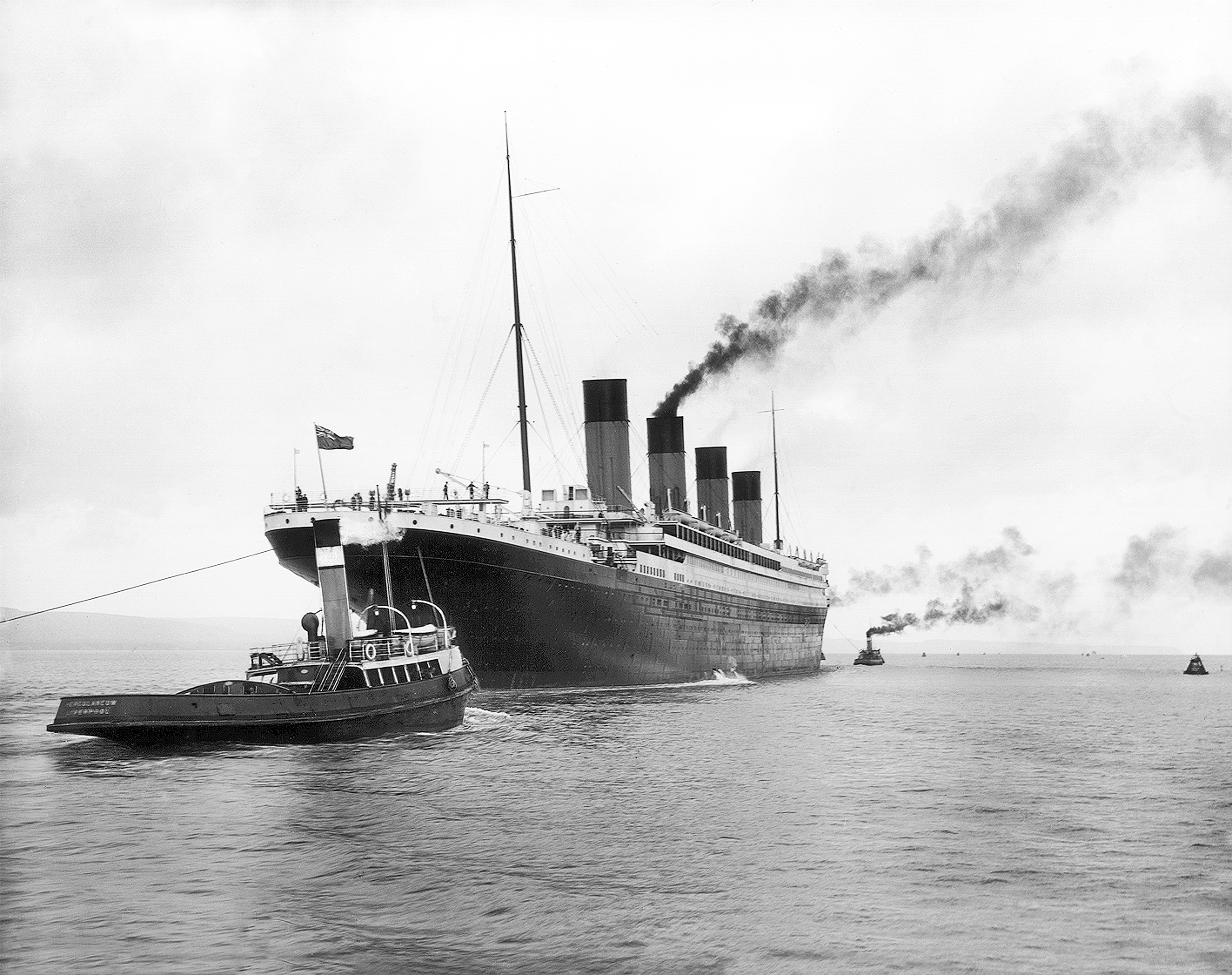When you picture the Titanic, grand images of a colossal cruise liner likely come to mind. After all, in 1912, it was the largest passenger ship the world had ever seen. However, prepare to be surprised: the Titanic was significantly smaller than the behemoth cruise ships that dominate our oceans today.
The iconic Titanic stretched across 10 decks, measuring 882.5 feet in length and 92 feet at its widest point, known as the beam. Fast forward to the present day, and we have Royal Caribbean’s Icon of the Seas, set to embark on its maiden voyage in 2024. This modern marvel boasts 20 decks, an astounding length of 1197.5 feet, and a beam of 213 feet. The sheer scale of modern cruise ships dwarfs the “unsinkable” Titanic.
Titanic passenger liner size in 1912 compared to modern ships.
The Titanic’s legacy resurfaced recently, 111 years after its tragic sinking in the North Atlantic, with the unveiling of the first complete digital scan of the legendary shipwreck. This incredible achievement sparked renewed interest in the Titanic, and along with it, comparisons to modern cruise ships went viral on social media, leaving many in disbelief.
Online platforms buzzed with size comparisons, graphics, and images juxtaposing the Titanic with today’s floating cities. One particularly impactful image circulating on Twitter showcased the Titanic sailing in the foreground of a massive contemporary cruise ship. This visual representation drove home the point, being shared nearly 25,000 times and eliciting reactions ranging from “wild” and “insane” to “scary” and “amazing.”
Size comparison image of the Titanic versus a modern cruise ship highlighting the immense scale difference.
The stark contrast led to humorous and thought-provoking comments. One user quipped that a modern cruise ship “would have picked up the iceberg for cocktails,” while another noted the diminished threat of icebergs to these colossal vessels in the age of climate change, “Between the size and climate change, them icebergs don’t stand a chance now.”
Since the wreckage’s discovery in 1985, extensive exploration has been undertaken. However, visual clarity remained limited until the recent digital scan. This groundbreaking scan provides an unprecedented, comprehensive view of the entire ship, revealing its current state in remarkable detail.
Digital scan of the Titanic shipwreck revealing the bow section on the ocean floor.
The Titanic rests at a staggering depth of 12,467 feet in the Atlantic, fractured into two main sections – the bow and stern – separated by a considerable distance of approximately 2,624.5 feet, amidst a vast debris field.
Parks Stephenson, a respected Titanic analyst, emphasized the significance of this digital model, stating it marks a crucial advancement towards evidence-based Titanic research, shifting the narrative from speculation to factual understanding. The comparison to modern cruise ships serves as a powerful reminder of how much maritime technology and ship design have evolved in the century since the Titanic’s ill-fated voyage, leaving us in awe of the sheer magnitude of today’s ocean liners.
Stern section of the Titanic shipwreck as revealed by the comprehensive digital scan.
